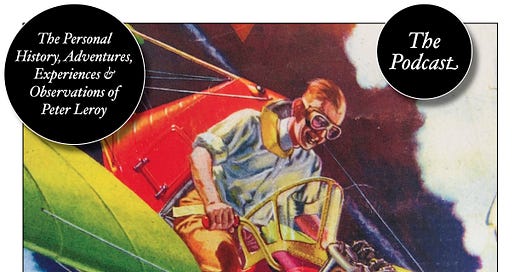Dedication
For Mad
Epigraphs
Stanley Elkin, “The Graduate Seminar”
Show me an epigraph and I’ll show you a novel which has too good an idea of what it’s about.
Norman Manea, On Clowns: The Dictator and the Artist
The artist cannot dignify officialdom by opposing it in a solemn fashion, because that would mean taking it too seriously and inadvertently reinforcing its authority, thus acknowledging that authority. . . . In today’s rushed, confusing society in which everything mixes and is mixed up and destroyed, the ridiculous does run the risk of “swallowing up” art too. But the artist, even if he has been relegated to the position of a buffoon, tries to assume . . . an ambiguous stance, to place himself on a shaky seesaw, to transform the loss into a later gain.
Edgar Degas to Georges Jeanniot (quoted by Otto Friedrich in Olympia: Paris in the Age of Manet)
It is very good to copy what one sees; it is much better to draw what you can’t see any more but in your memory. . . . That way, your memories and your fantasy are freed from the tyranny of nature.
Charles Baudelaire, “The Painter of Modern Life” (translated by Jonathan Mayne)
All good and true draughtsmen draw from the image imprinted on their brains, and not from nature. . . . When a true artist has come to the point of the final execution of his work, the model would be more of an embarrassment than a help to him.
Samuel Johnson, Rambler 134
The certainty that life cannot be long, and the probability that it will be much shorter than nature allows, ought to awaken every man to the active prosecution of whatever he is desirous to perform.
from “The Quantum Physics of Time Travel”
David Deutsch and Michael Lockwood
Scientific American, March 1994
Copyright © 1994 by Scientific American, Inc. All rights reserved.
Suppose Sonia tries her best to enact a paradox. She resolves that tomorrow she will enter the time machine and emerge today, unless a version of her first emerges today, having set out from tomorrow; and that if a version of her does emerge today, she will not enter the time machine tomorrow. Within classical physics, that resolution is self-contradictory. But not under quantum physics. In half the universes—call them A—an older Sonia steps out of the time machine. Consequently, just as she resolved, Sonia does not enter the time machine tomorrow, and each A-universe thereafter contains two Sonias of slightly different ages. In the other (B) universes, no one emerges from the time machine. . . .
So in half the universes there is a meeting between two Sonias, and in half there is not. In the A-universes an older Sonia appears “from nowhere,” and in the B-universes she disappears “into nowhere.” Each A-universe then contains two Sonias, the older one having started life in a B-universe. Sonia has gone missing from each B-universe, having emigrated to an A-universe. . . .
Suppose that Sonia’s boyfriend, Stephen, stays behind while she uses her time machine in one of the ways we have described. In half the universes, she enters it and never returns. Thus, from Stephen’s point of view, there is a possibility that he will be separated from her. Half the versions of him will see Sonia departing, never to return. (The other half will be joined by a second Sonia.) But from Sonia’s point of view, there is no possibility of her being separated from Stephen, because every version of her will end up in a universe containing a version of him—whom she will have to share with another version of herself.
[to be continued]
Have you missed an episode or two or several?
You can begin reading at the beginning or you can catch up by visiting the archive or consulting the index to the Topical Guide. The Substack serialization of Little Follies begins here; Herb ’n’ Lorna begins here; Reservations Recommended begins here; Where Do You Stop? begins here; What a Piece of Work I Am begins here.
You can listen to the episodes on the Personal History podcast. Begin at the beginning or scroll through the episodes to find what you’ve missed. The Substack podcast reading of Little Follies begins here; Herb ’n’ Lorna begins here; Reservations Recommended begins here; Where Do You Stop? begins here; What a Piece of Work I Am begins here.
You can listen to “My Mother Takes a Tumble” and “Do Clams Bite?” complete and uninterrupted as audiobooks through YouTube.
You can ensure that you never miss a future issue by getting a free subscription. (You can help support the work by choosing a paid subscription instead.)
At Apple Books you can download free eBooks of Little Follies, Herb ’n’ Lorna, Reservations Recommended, and Where Do You Stop? and What a Piece of Work I Am.
You’ll find overviews of the entire work in An Introduction to The Personal History, Adventures, Experiences & Observations of Peter Leroy (a pdf document), The Origin Story (here on substack), Between the Lines (a video, here on Substack), and at Encyclopedia.com.














Share this post